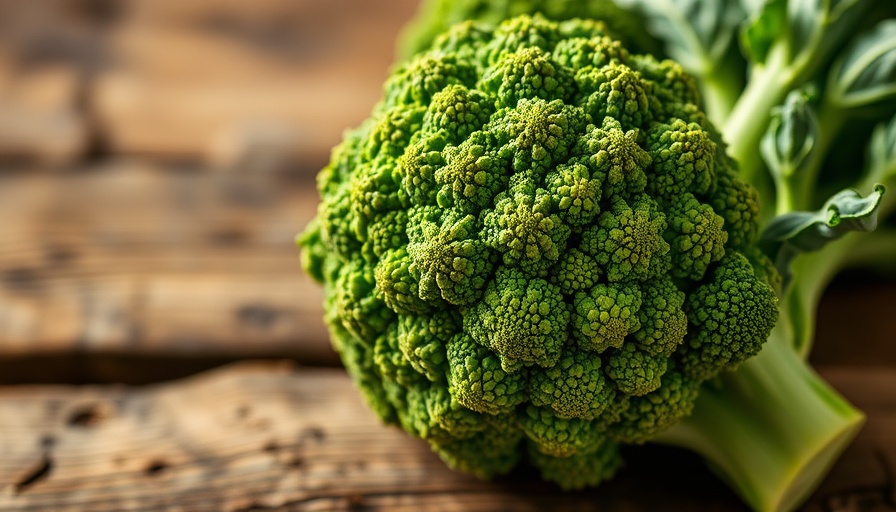
Understanding the Beauty and Importance of Pollinators
As gardening enthusiasts, there's something truly magical about watching pollinators in action. In the vibrant tapestry that our gardens create, these tiny heroes—bees, butterflies, moths, and even birds—play an essential role in the health of our ecosystems. They serve as crucial agents for plant reproduction, facilitating the transfer of pollen that allows flowers, fruits, and vegetables to thrive. Recognizing their hard work not only enhances our understanding of gardening but also inspires us to create habitats that support these remarkable creatures.
Capturing Pollinators: Techniques for Photographic Success
Photographing pollinators can be an exhilarating challenge. As covered in expert insights from Caroline Jensen and others, the key to capturing these elusive insects lies in understanding their behavior and the dynamics of their environment. Opting for appropriate equipment, like macro lenses or even general zoom lenses, allows you to maintain distance while still getting close-up images. Consider a lens such as the Sony 90mm f/2.8 Macro or a longer focal length lens to avoid scaring delicate creatures like butterflies.
Creating Pollinator-Friendly Gardens
One of the most compelling tips for gardeners looking to attract pollinators is to diversify plant selection. Opt for native flowers, herbs, and shrubs that bloom at different times throughout the seasons. Plants like echinacea, zinnias, and milkweed not only attract butterflies but also provide sustenance for an array of pollinators, creating a thriving ecosystem right in your backyard. Construction of pollinator habitats doesn't have to be complex; a simple arrangement of pots with herbs and flowers can work wonders.
The Science Behind Pollination
Understanding the mechanics of pollination can deepen our appreciation of these processes. Pollinators interact with plants in fascinating ways; some flowers produce enticing scents, while others may have special colors or shapes designed to attract specific species. For example, understanding that monarch butterflies prefer milkweed allows gardeners to plant host gardens that nurture these beautiful creatures. Awareness of these details can improve the health of your garden and contribute to local biodiversity.
Connecting This Life to Your Gardening Journey
For many gardening enthusiasts, capturing images of pollinators also becomes a journey of connection with nature. These moments spent in the garden break up the monotony of daily life and allow us to embrace mindfulness—watching as nature gracefully unfolds around us. It’s not just about the flowers but a holistic experience that encompasses the joy of nurturing living organisms, from petals to pollinators.
Embracing Seasonal Changes with Your Pollinator Garden
As we move from spring through summer into fall, recognizing the seasonal shifts in potential visitors to our gardens is essential. Some insects may only thrive at specific temperatures or conditions. Therefore, your garden's design can be adjusted to provide refuge and sustenance as the seasons change. Composting and mulching not only enrich the soil but also attract beneficial insects that help maintain a balanced ecosystem.
Tools and Resources for Enhancing Your Garden
As gardening tools have evolved, so too have our techniques. The right tools—be it high-quality pruners for maintaining flower beds, organic fertilizers to nourish your plants, or a reliable watering system—can greatly influence your gardening experience. Make sure your gardening supplies reflect your goals of sustainable gardening practices. Resources like local cooperative extensions or gardening clubs can provide knowledge and camaraderie as you embark on this vibrant journey.
Final Thoughts: Your Call to Action
Get outside this season, and embrace the artistry of gardening! Whether you’re planting a new pollinator-friendly patch, attempting to photograph the intricacies of your garden visitors, or simply enjoying the serenity that nature provides, every act contributes to our greater environment. Join fellow gardening enthusiasts and share your experiences, tips, and techniques. Dive into the world of pollinators; together, we can create gardens that thrive and support the very life that keeps our ecosystems balanced.
 Add Row
Add Row  Add
Add 


Write A Comment